How to Foster Cultural Awareness at Home
 Many minority households routinely have open discussions about racial issues and how they impact their daily lives. White families, on the other hand, sometimes are uncomfortable with such discussions even amid news coverage related to systemic racism and the Black Lives Matter movement. Johns Hopkins All Children’s pediatric neuropsychologist Sakina Butt, Psy.D., ABPP-CN, offers advice for parents in all families on how to encourage and foster these discussions. Read more ›
Many minority households routinely have open discussions about racial issues and how they impact their daily lives. White families, on the other hand, sometimes are uncomfortable with such discussions even amid news coverage related to systemic racism and the Black Lives Matter movement. Johns Hopkins All Children’s pediatric neuropsychologist Sakina Butt, Psy.D., ABPP-CN, offers advice for parents in all families on how to encourage and foster these discussions. Read more ›
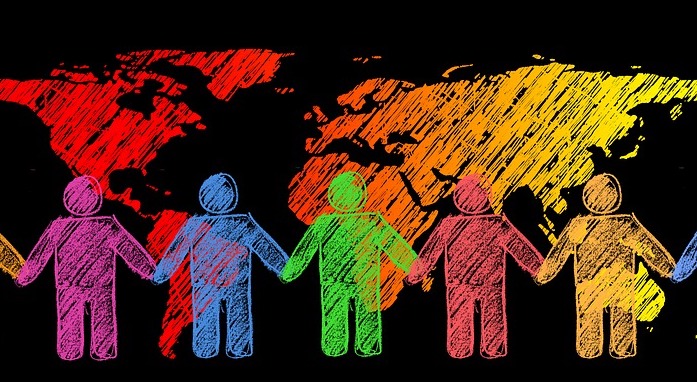
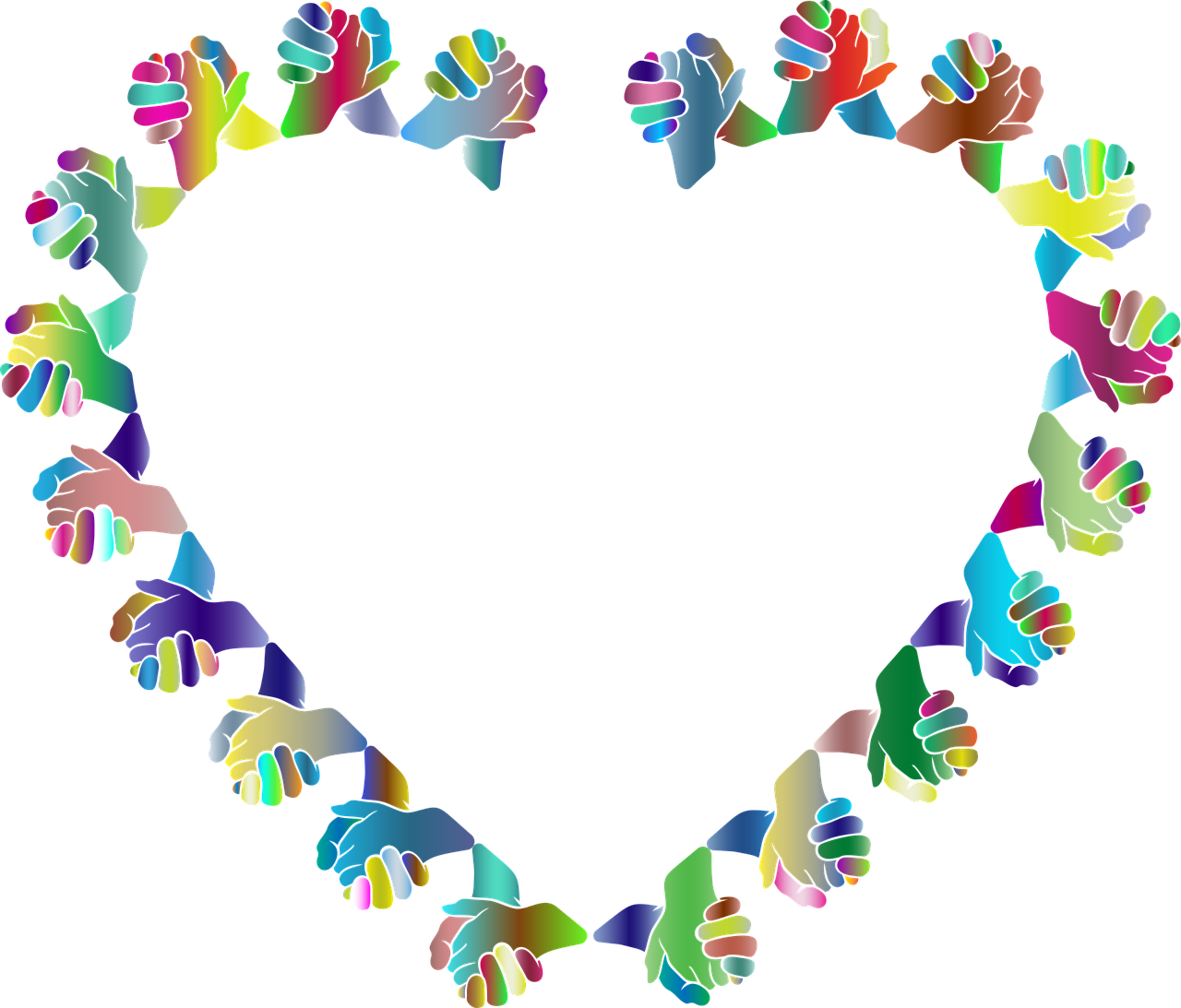
 Humility is not necessarily about modesty or pretending to be less than you are. In fact, people who are humble often have a high sense of self-worth; it’s just that they can recognize their own strengths and limitations. Research about humility also suggests a strong connection between being humble and being generous.
Humility is not necessarily about modesty or pretending to be less than you are. In fact, people who are humble often have a high sense of self-worth; it’s just that they can recognize their own strengths and limitations. Research about humility also suggests a strong connection between being humble and being generous.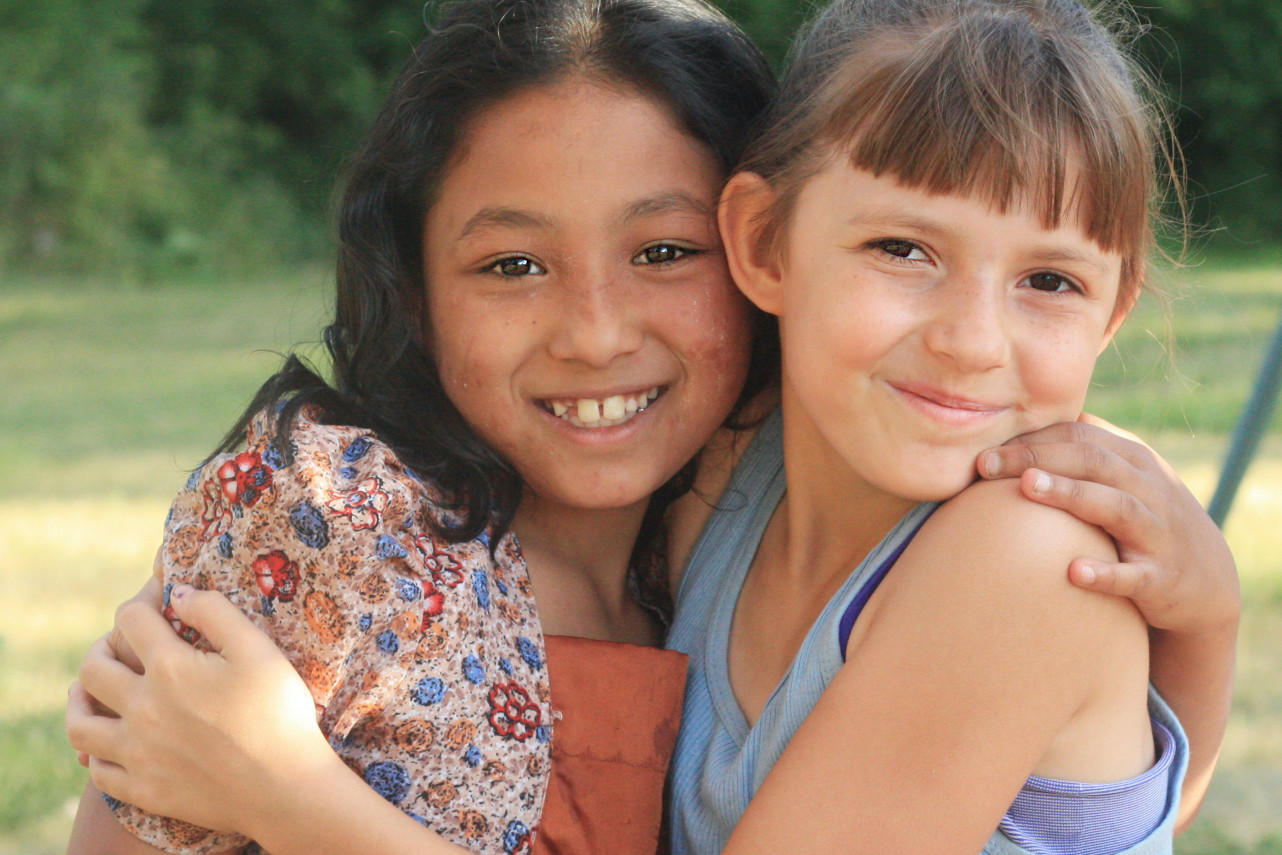
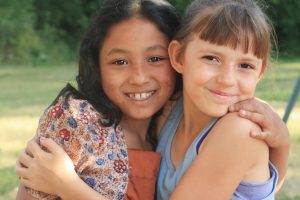 As American families become increasingly diverse and complex in terms of race, ethnicity, immigrant status, socioeconomic circumstances, and family structures, it is imperative that we practice cultural humility – to move beyond simply being aware of or sensitive to people’s cultural differences, and actively work to identify and address systematic inequalities.
As American families become increasingly diverse and complex in terms of race, ethnicity, immigrant status, socioeconomic circumstances, and family structures, it is imperative that we practice cultural humility – to move beyond simply being aware of or sensitive to people’s cultural differences, and actively work to identify and address systematic inequalities. 
 Most people are familiar with the concept of being humble. To be humble is to demonstrate “humility,” which is commonly defined as “freedom from pride or arrogance.” What, then, might it mean to practice “cultural humility?”
Most people are familiar with the concept of being humble. To be humble is to demonstrate “humility,” which is commonly defined as “freedom from pride or arrogance.” What, then, might it mean to practice “cultural humility?” 
 Yoga and breathing exercises can improve attention and decrease hyperactivity in children with attention deficit hyperactivity disorder (ADHD). A team of psychologists at
Yoga and breathing exercises can improve attention and decrease hyperactivity in children with attention deficit hyperactivity disorder (ADHD). A team of psychologists at 


 Dr. Ibram X. Kendi wasn’t pulling any punches when he set out to write “The Definitive History of Racist Ideas in America.” “Stamped from the Beginning” has since been remixed as “
Dr. Ibram X. Kendi wasn’t pulling any punches when he set out to write “The Definitive History of Racist Ideas in America.” “Stamped from the Beginning” has since been remixed as “
 As the nation’s leading expert on psychiatric disorders in children and the leading researcher on the effects of psychiatric drugs on kids, Dr. Glen Elliott says that doctors and even teachers are too quick to recommend medicating young minds rather than taking the necessary steps to find out if drugs are even necessary. Dr. Elliott’s book,
As the nation’s leading expert on psychiatric disorders in children and the leading researcher on the effects of psychiatric drugs on kids, Dr. Glen Elliott says that doctors and even teachers are too quick to recommend medicating young minds rather than taking the necessary steps to find out if drugs are even necessary. Dr. Elliott’s book, 
 Collective trauma refers to the psychological and emotional distress experienced by a group of people or a community as a result of a shared traumatic event or series of events.
Collective trauma refers to the psychological and emotional distress experienced by a group of people or a community as a result of a shared traumatic event or series of events.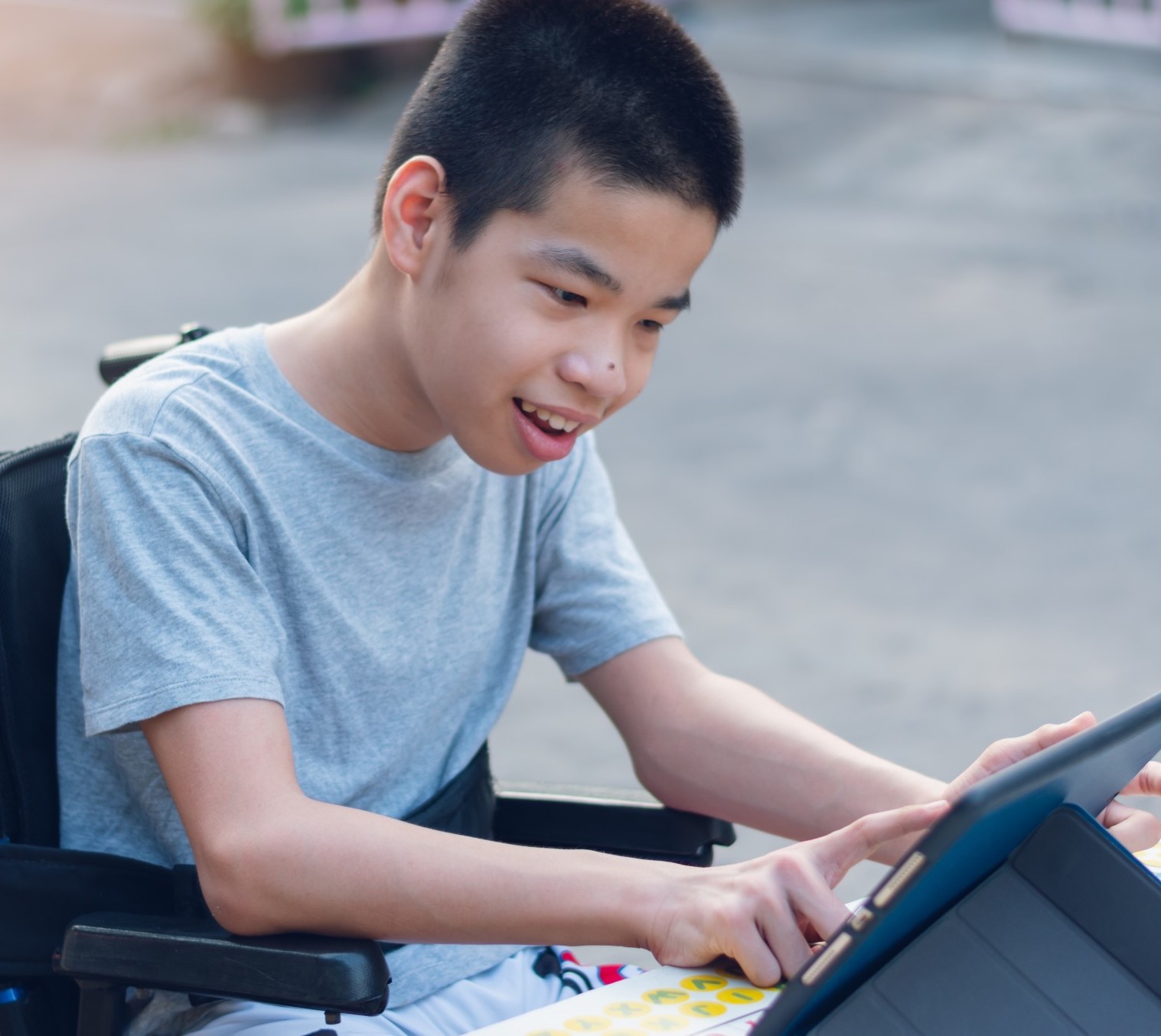
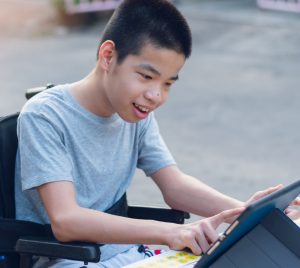 For students with disabilities, the pandemic has been a landscape of extremes. Some have thrived with distance learning and want to continue in the fall, while many have languished without the in-person support of therapists and teachers and have lost ground academically, socially and emotionally.
For students with disabilities, the pandemic has been a landscape of extremes. Some have thrived with distance learning and want to continue in the fall, while many have languished without the in-person support of therapists and teachers and have lost ground academically, socially and emotionally. 

